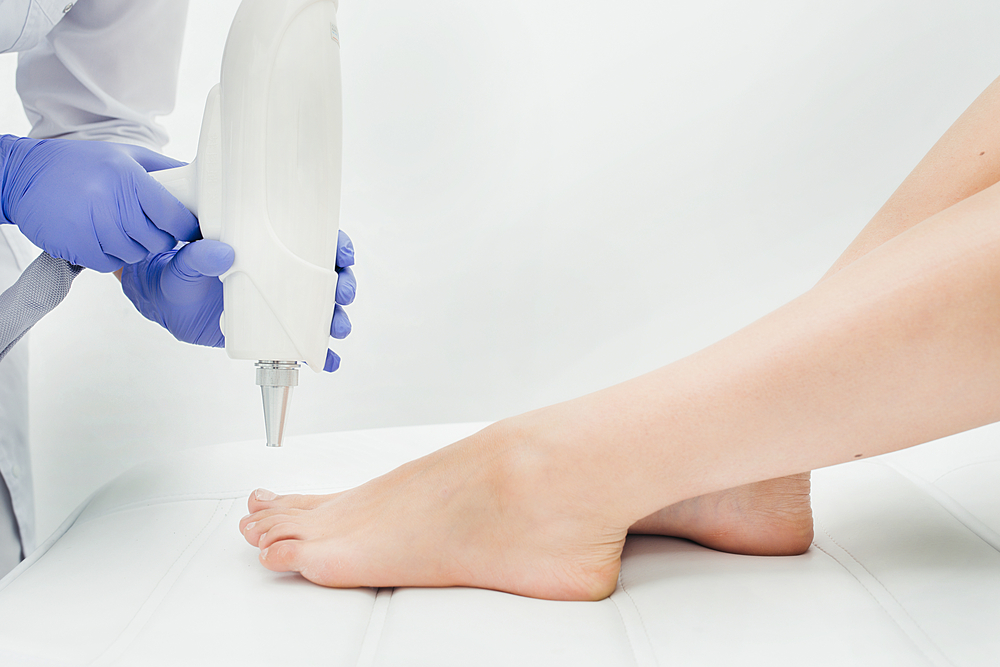Fungal infections can have an impact on any part of the body. Fungi are usually found in the body alongside a lot of bacteria. When a fungus starts to overgrow, you can get an infection.
Onychomycosis, also known as tinea unguium, is a fungal infection that is present in the fingernails or toenails. Fungal infections regularly develop over time, so any immediate difference in the way your nail looks or feels could also be too refined to notice.
A fungal nail infection results from the overgrowth of fungi in, underneath, or on the nail. Fungi grow in warm and moist environments, so this environment can make them overpopulate. The same fungi that can cause jock itch, athlete’s foot, and ringworm can also cause nail infections.


